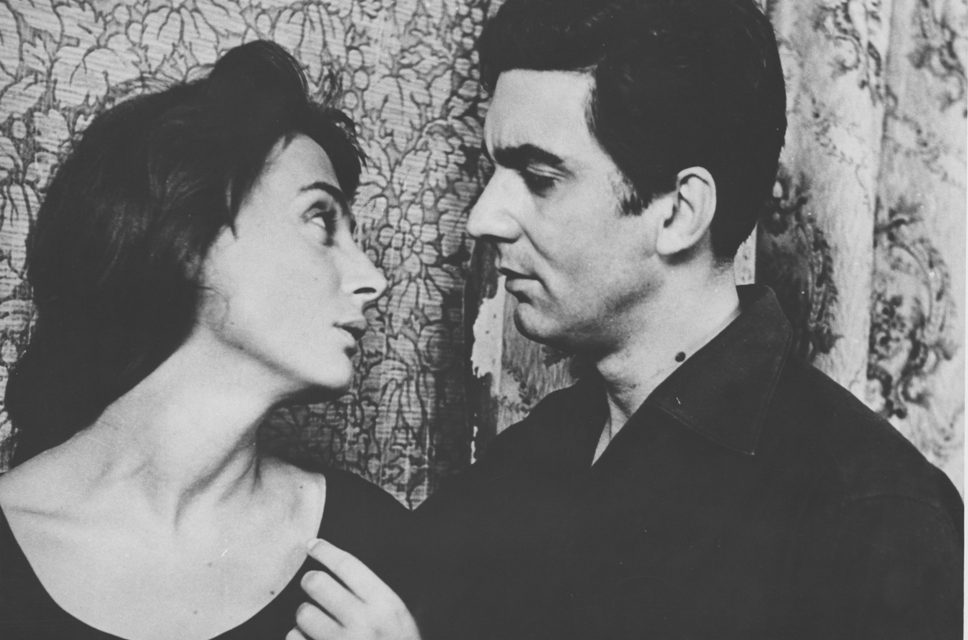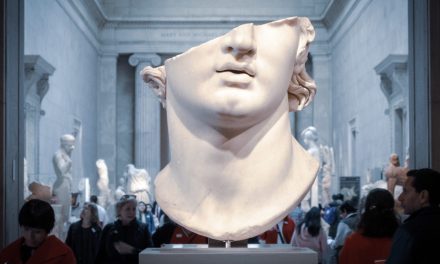Ellie Lambetti, Dimitris Horn, “The Girl in BlacK’, 1965, dir. by Michael Cacoyannis
Taking place on the island of Hydra “The Girl in Black” is about Marina, a young woman living in a constant state of sorrow and oppression. Marina’s sister drowned herself, her brother is both headstrong and weak, and her widowed mother has a reputation for sleeping around. Plus, Marina, who’ s family was rich before the war, is aloof: so she’s the object of the jealousy and scorn of Hydra’s young men, especially Christos, whom she rejected. She fears harassment whenever she leaves her house. When two Athenians on vacation board at Marina’s family home, things come to a head: she and Pavlos, one of the visitors, fall in love. The young men in town stalk and jeer her; then play a cruel trick on Pavlos that goes awry with tragic results.
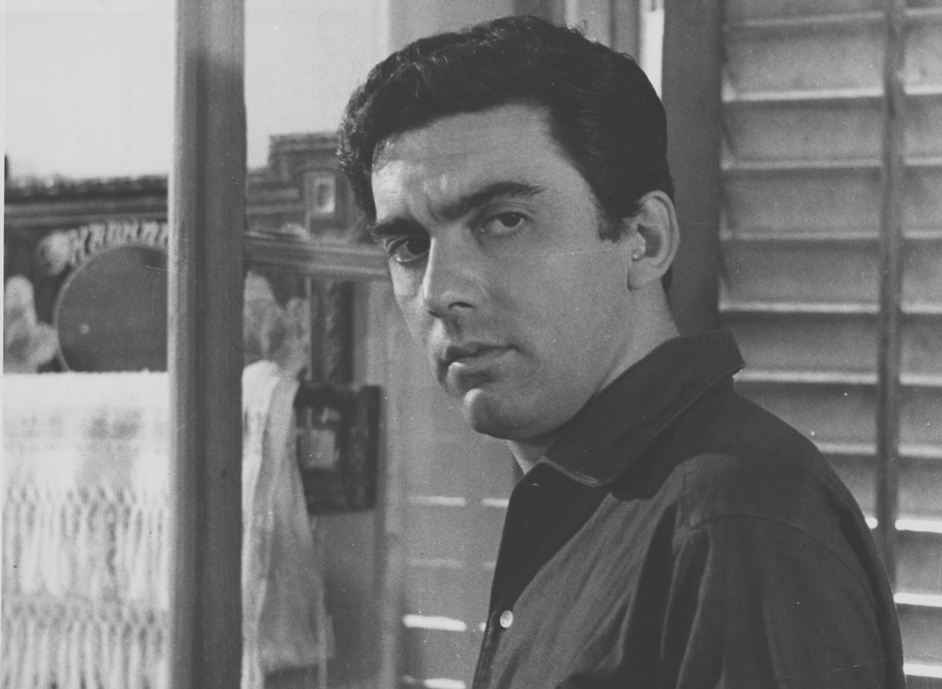
Dimitris Horn, “The Girl in BlacK’, 1965, dir. by Michael Cacoyannis
The “Girl in Black” participated in Cannes and Moscow International Film Festival-in1958 and was awarded Hollywood Golden Globe for Best Foreign Film and Silver Bear (in Moscow Film Festival in the same year. As Cacoyannis mentioned “A Girl in Black” shows the oppression of women in the country. The main protagonists Ellie Lambeti (Marina) and Dimitris Horn (Pavlos) filmed in claustrophobic frames by Walter Lassaly try to stay together in a conservative and at times inhuman local society of strict rules.
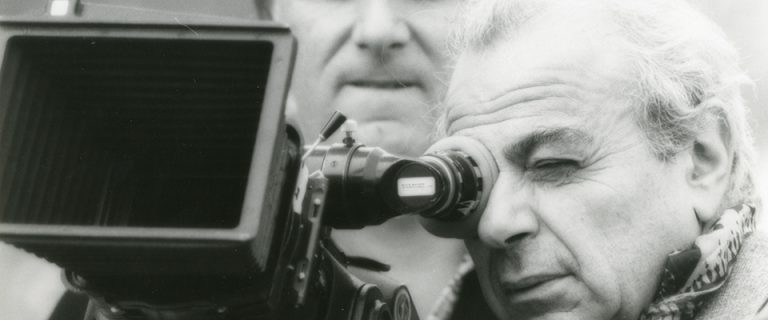
Michael Cacoyannis
Scriptwriter and director of the film, and a prominent figure of classical Greek cinema, Michael Cacoyannis (1922–2011) was born in Limassol, Cyprus and was the elder son of Sir Panayiotis and Lady Cacoyannis. He studied law in London and was called to the Bar (Barrister-at-law) in 1943. While working for the BBC’s Greek service, first as a news announcer and then as a producer of cultural programs, he also studied acting at the Central School of Dramatic Art in London and directing at the Old Vic School. Not long after his debut as an actor in 1947, he decided to concentrate instead on directing. In 1952 he left London to settle in Athens and one year later the success of his first film (“Windfall in Athens”) marked the beginning of an international career in directing. “Windfall in Athens” (Kiriakatiko Xipnima), filmed partly in the studios of Egypt, received the Prize of Merit at the Edinburgh Festival. Since the 50s, Cacoyannis directed 15 films, 36 plays, and 7 operas in Greece, the U.S.A., and Europe. His films “Stella”, “A Girl in Black”, “A Matter of Dignity”, “Zorba the Greek” and the trilogy of “Electra”, “The Trojan Women” and “Iphigenia” were regularly screened at the most prestigious international film festivals, receiving awards and distinctions.
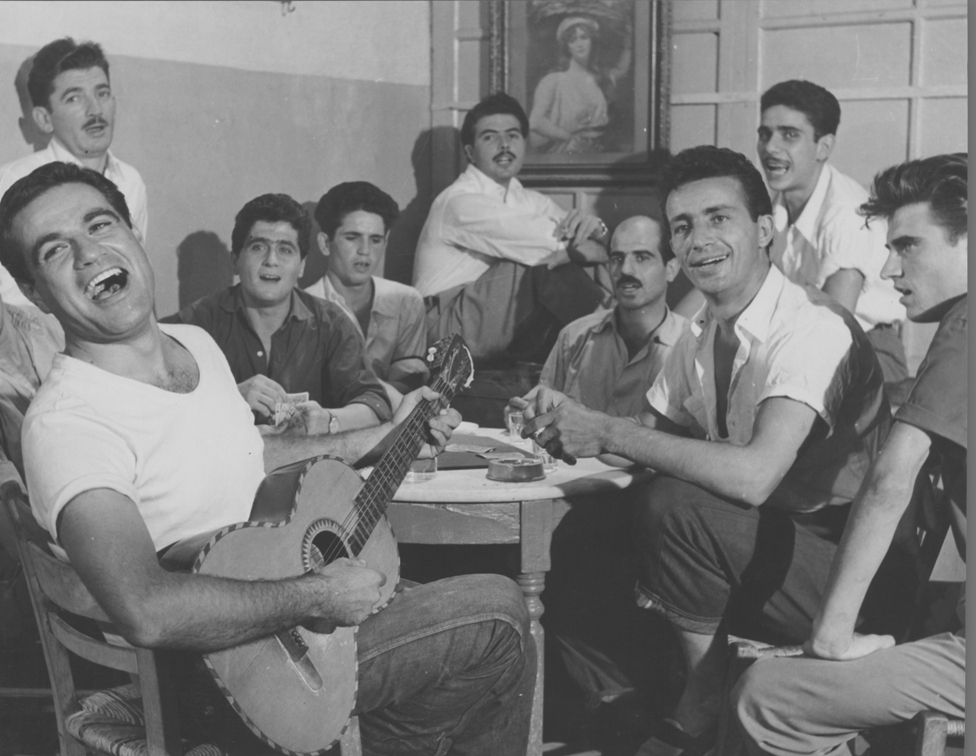
Stefanos Stratigos, Yorgos Fountas , “The Girl in BlacK’, 1965, dir. by Michael Cacoyannis
As Vrassidas Karalis comments (A History of Greek Cinema, 2013, p. 68) “From his debut, Cacoyannis established himself as the master of cinematic transcriptions and intertextual references as gestures to other films and directors, thereby developing the formal affinities and stylistic analogies that made his films dense and complex… Indeed, Cacoyannis is the most Chekhovian of Greek directors. He is predominantly interested in representing complete human characters, with their internal life, dilemmas, and follies. The representation of individuals as “psychological beings” living in an internal reality of their own soul and making failed or successful attempts to communicate became the dominant theme in his films”.
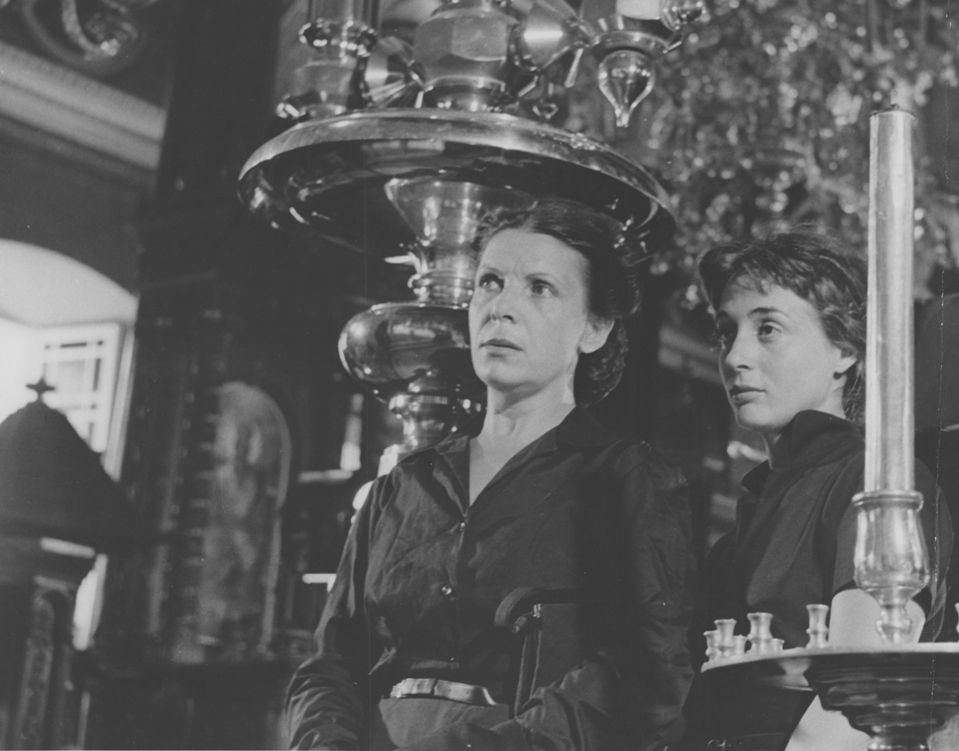
Eleni Zafeiriou, Ellie Lambetti, “The Girl in BlacK’, 1965, dir. by Michael Cacoyannis
“With Cacoyannis, Greek cinema constructed a visual language that was in dialogue with the dominant traditions of the period, thus opening up its cinematic language to endless new potentialities and opportunities. His “Greek” gaze was built on the narrative strategies of Hollywood, the realistic precision of the British documentaries and the psychological complexity of French poetic realism. His cinematographic frame was also defined by the experimental use of frame through editing and intercutting reminiscent of both David Lean and Sergei Eisenstein”. (Karalis, ibid, p. 69). In the “Girl in Black ” Cacoyannis explores urban space and its interaction with human nature and the limitations of class and genre. Marina and her mother are suffering as a result of their socioeconomic descent and because the mother’s sexuality goes against her predestined role in a closed society.
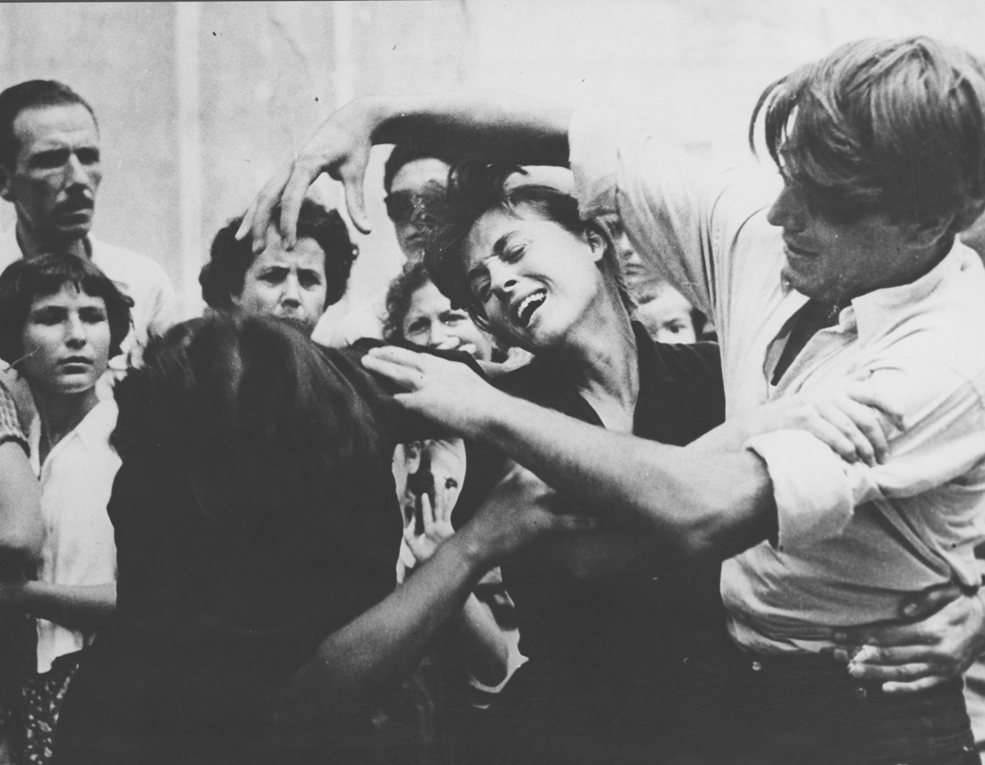
Eleni Zafeiriou, Ellie Lambetti, Anestis Vlachos, “The Girl in BlacK’, 1965, dir. by Michael Cacoyannis
As Karalis mentions (ibid, p. 75), “The Girl in Black (To Koritsi me ta Maura, 1956) and A Matter of Dignity (To Teleftaio Psema, 1957) depicted human form and its historical position in a unique and complex manner. In these films Cacoyannis mastered the cinematic medium and constructed images of wider appeal which gained international recognition. His frames became converging points at which the individual and the collective intersected, thus establishing a convincing and believable metaphor about their subject matter. One could perhaps claim that Cacoyannis completed his cinematic vision through the cinematic eyes of the German-born English cinematographer Walter Lassally (b. 1926). Lassally’s camera simply made each character pulsate with a life of its own, establishing symmetries between human desire and the natural landscape while intimately exploring the social spaces where people interact and mingle. An accomplished cinematographer by 1957, Lassally worked with the Free Cinema movement in the mid-1950s and the British new wave in the early 1960s; the main premises of the Free Cinema movement became the ultimate aesthetic background of his collaboration with Cacoyannis and culminated in their great common accomplishments, Electra (1962) and Zorba the Greek (1964). Walter Lassally’s collaboration with Lindsay Anderson and Tony Richardson gave him the opportunity to explore the pragmatism of everyday life outside hegemonic metropolitan centers, as well as to delve into the radical undercurrent of the mundane and the quotidian”.
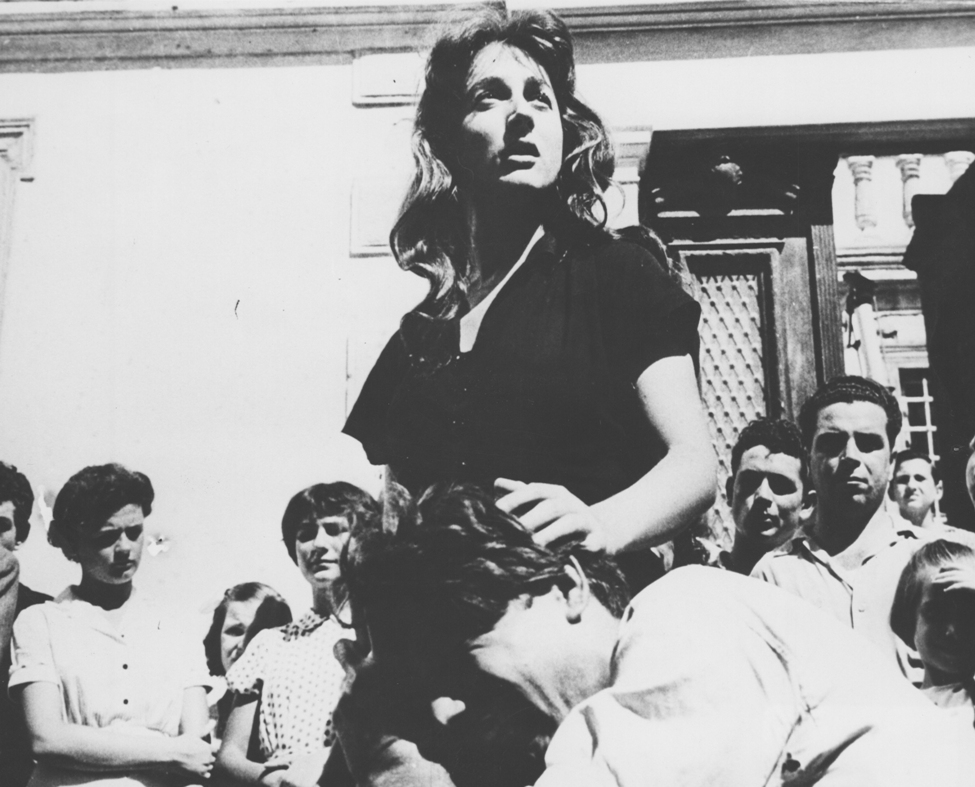
Ellie Lambetti, Anestis Vlachos, “The Girl in BlacK’, 1965, dir. by Michael Cacoyannis
Cacoyannis’ development as a director during the 1950s indicates that from the very outset of his career he had begun to articulate what was to be the first complete narrative storyline in Greek cinema, situating it within its historical context and finally extracting from it the aesthetics of ‘sculptural realism’, his central cinematic language and medium in this period. (Vrassidas Karalis, Realism in Greek Cinema, I.B. Tauris, 2017, p. 64)
Photos are courtesy of Michael Cacoyanis Foundation Archives.

